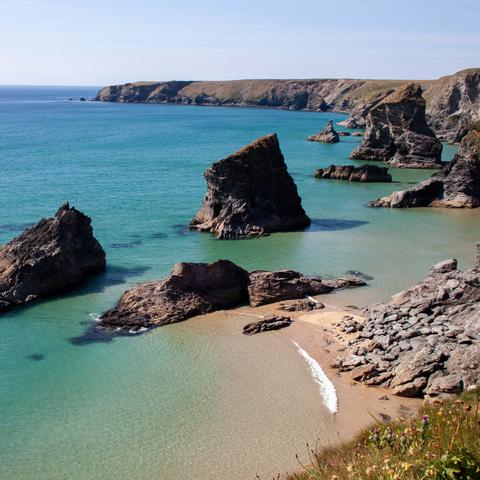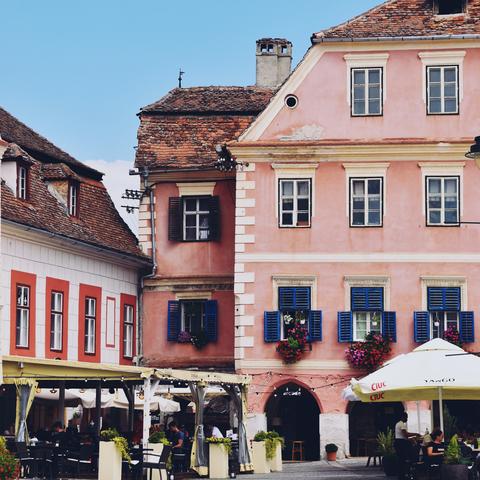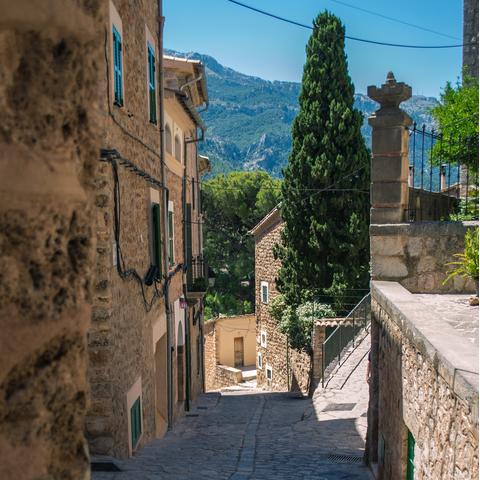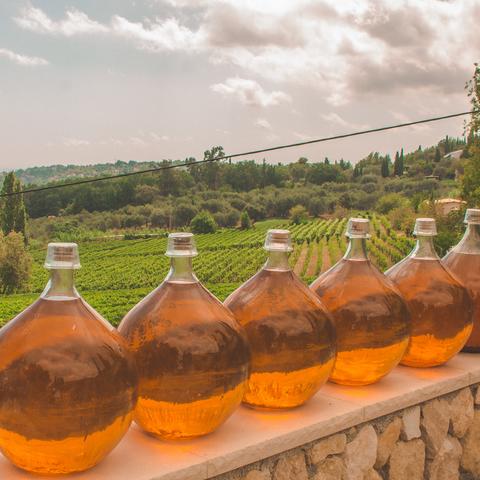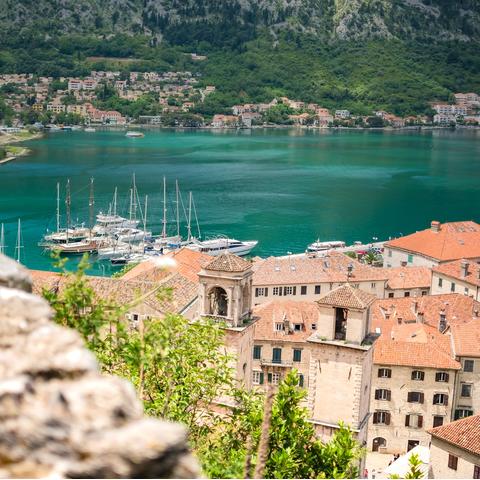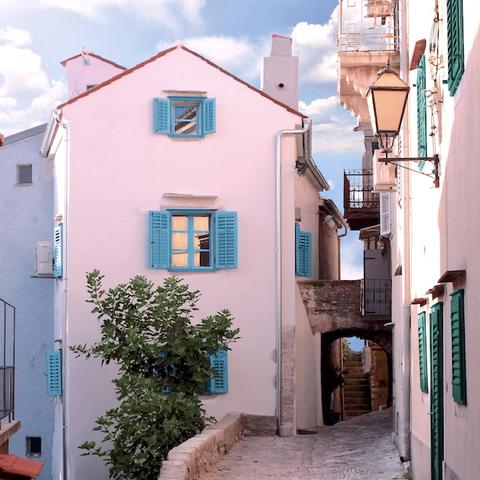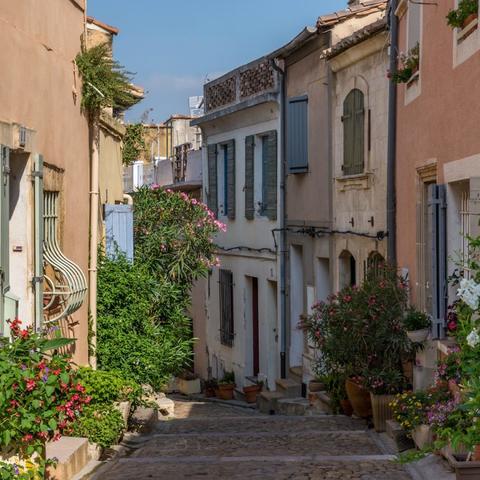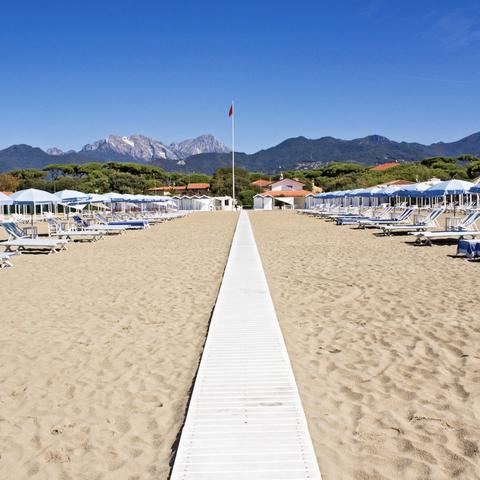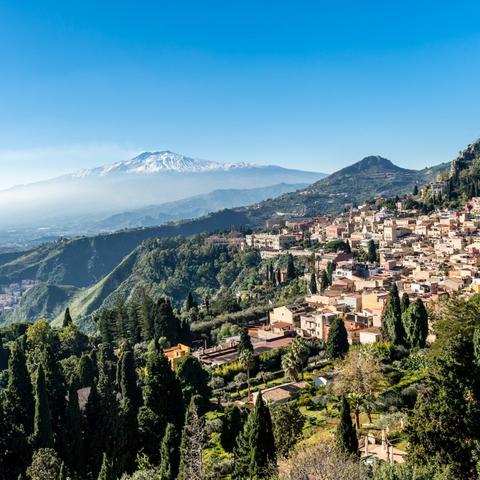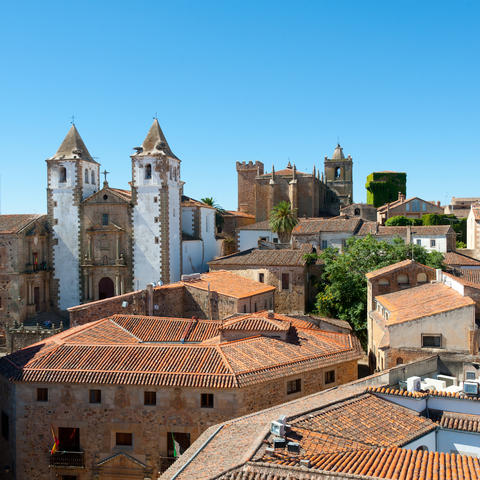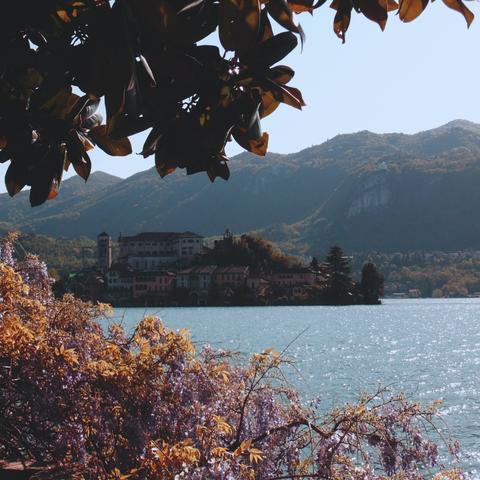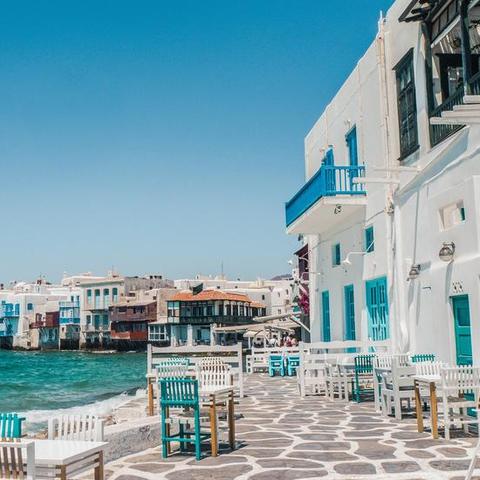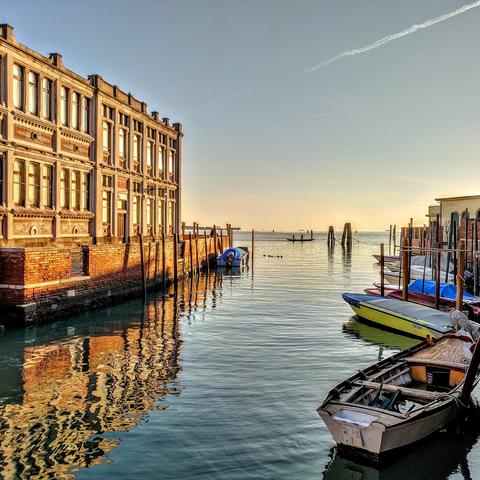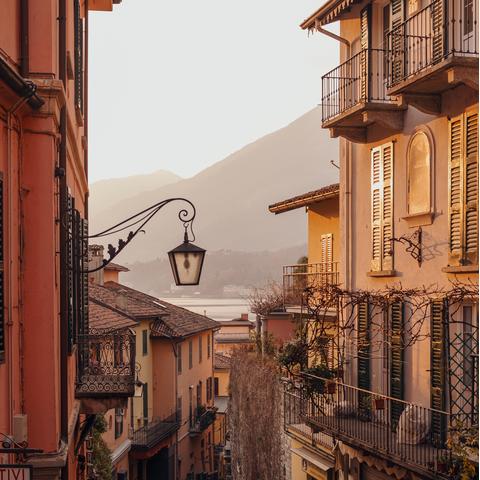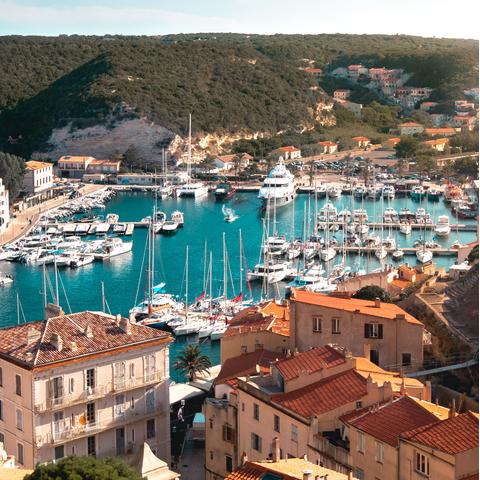
Corsica
France
Rugged and rocky, lush and wild, with sky-tickling granite
crags, elegant hill towns and fragrant, blousy summer landscapes
dotted with eucalyptus, juniper, rosemary, sage and lavender,
Corsica is a French island basking in the Italian sun, as the
saying goes. This wild and rugged isle offers windswept mountain
peaks, verdant plains and dizzying views, but also cool-blue
Mediterranean coves, soft-sand beaches and chichi resorts (complete
with disdainful waiters, we might add). Most stick to the south’s
sandy bays (try Santa Giulia) when visiting, but venture into the
north and you’ll find pine tree-fringed hills and steep olive
groves rolling into charming fishermen’s enclaves.

